How is Brand Lift Calculated?
Upwave is the only accurate, incremental measurement of the impact of an advertiser’s media campaign on Brand Lift. Our methodology ensures advertisers are measuring the effects of a campaign and not other factors, and is designed–and meticulously checked–to ensure our sample is high-quality, census-rep and clean of bias or other interference.
Recruitment
Upwave collects survey responses from across the Upwave Digital Network, which is made up of thousands of digital publishers and communities, allowing us to collect high-quality, census-representative self-reported attitudinal data at scale.
Control Group Matching
We use a "pre-collection matching" process to collect control respondents who are demographically, technographically, and behaviorally similar to the exposed respondents we’ve already collected. e.g. for each "young, Android-using man in the Northeast" we collect as an exposure, we seek out a "young, Android-using man in the Northeast" to serve as a control.
Bias Correction
To address potential biases from respondent quality, Upwave systematically cleans respondents and performs other QA with industry best practices to ensure census-rep, remove speeders, etc.
Modeling for Causation
We apply rigorous, state-of-the-art causal inference algorithms in order to statistically adjust away any residual differences between the exposed and control that are not directly caused by exposure to the ad. Upwave uses purpose-built machine learning algorithms to address that bias and perform causal inference, thereby measuring the lift *caused* by exposure to the campaign.
